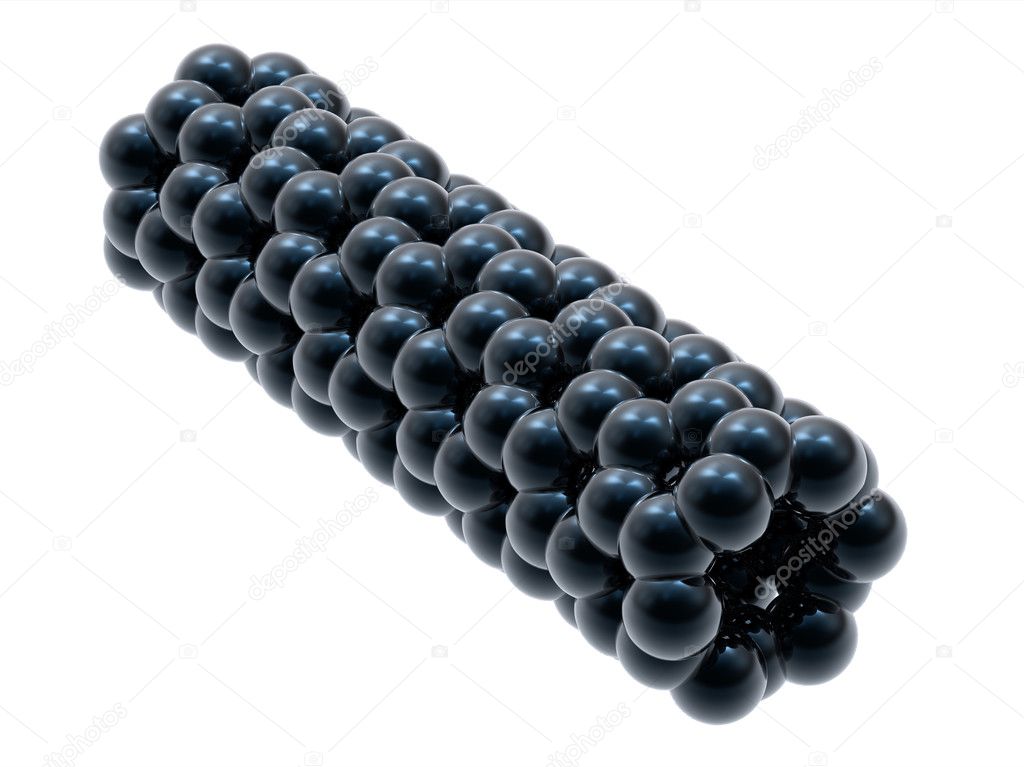
Single-Wall Carbon Nanotubes Multi-Wall Carbon Nanotubes By Technology. Arkema, Cabot Corporation, CHASM, Cheap Tubes, Jiangsu Cnano Technology Co., Klean Commodities, LG CHEM, Nano-c, Nanocyl SA, and Nanostructured & Amorphous. “It seems like two stages would be more efficient than three, but here, that’s not the case. This carbon nanotubes market research report includes in-depth coverage of the industry with estimates & forecast in terms of volume in tons and revenue in USD million from 2018 to 2032 for the following segments: Click here to Buy Section of this Report. “Instead of going from heat directly to electricity, we go from heat to light to electricity,” Naik says. Photons can enter the tube in any number of ways, but as soon as they're inside, the tube directs them on where to go. Once they've absorbed the heat waste photons, the nanotubes gain a level of control over them. The team's proof-of-concept devices operated at up to 1,292 degrees Fahrenheit. They were also conduits that could absorb waste heat and, in turn, convert it into narrow-bandwidth photons.

Nanotubes had the advantage of simplicity with no moving parts. So the pair, along with Rice grad students including Doiron, worked to capture those emissions with wafer-scale films of closely packed carbon nanotubes. Nothing else gets us close to that, but those systems are not easy to implement. Since their discovery more than a decade ago, carbon nanotubes (CNTs) have held scientists and engineers in captive fascination, seated on the verge of. “They can give you nearly 50 percent conversion efficiency. While carbon nanotube technology (CNT) has generated widespread interest for medical applications, one area that is a focus of research at TE Connectivity (TE) is high-performance electrical cables.

“The most efficient way to turn heat into electricity now is to use turbines, and steam or some other liquid to drive them,” Naik says. When Rice graduated student Chloe Doiron found that about 20 percent of our industrial energy consumption is waste heat-nearly three years of electricity just for the state of Texas-Naik and Kono were motivated to figure out a solution. Those emissions are being wasted, the team realized. The submicron-scale cavities patterned into films of aligned carbon nanotubes that allows them to capture photons.


 0 kommentar(er)
0 kommentar(er)
